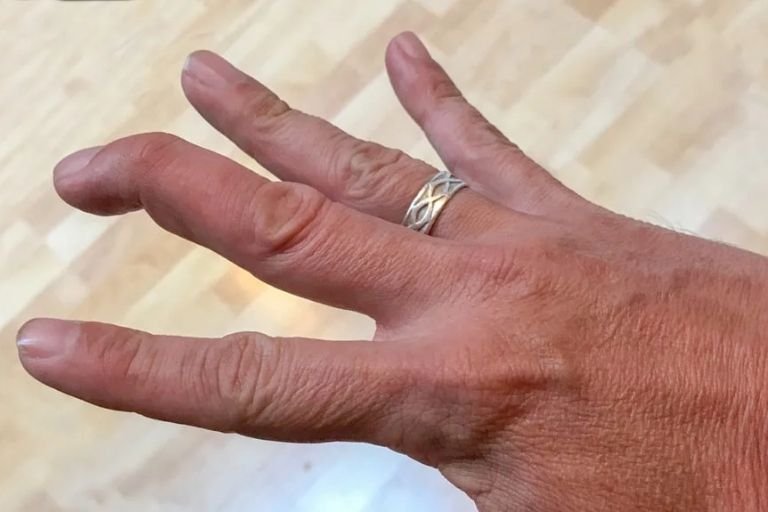- Fitwell Physiotherapy
Shoulder Impingement Syndrome

Shoulder impingement syndrome is a common condition that occurs when the tendons in the shoulder become irritated and inflamed as they pass through the narrow space between the bones in the shoulder joint. This can lead to pain, weakness, and limited range of motion in the shoulder. Understanding the symptoms, causes, and treatments for shoulder impingement syndrome is crucial for effective management and prevention.
Please submit your details below.
Symptoms:
- Pain in the shoulder, especially when reaching overhead or behind the back.
- Weakness in the shoulder muscles.
- Difficulty lifting objects or performing activities that require shoulder movement.
- Pain that worsens at night, especially when lying on the affected shoulder.
- Swelling or tenderness in the front or side of the shoulder.
Causes:
- Overuse or repetitive movements of the shoulder joint, common in sports such as swimming, tennis, or baseball.
- Poor posture, which can lead to misalignment of the shoulder joint.
- Muscle imbalances or weakness in the muscles surrounding the shoulder.
- Structural abnormalities in the shoulder joint, such as bone spurs or irregularities in the shape of the acromion (the bony structure above the shoulder joint).
When to See a Physiotherapist:
It is advisable to consult a physiotherapist if you experience persistent shoulder pain or difficulty performing daily activities due to shoulder impingement syndrome. A physiotherapist can assess your condition, provide personalized treatment plans, and recommend exercises to strengthen the muscles around the shoulder joint and improve flexibility.
Risks:
Ignoring shoulder impingement syndrome can lead to further damage to the tendons and surrounding structures in the shoulder joint, potentially resulting in more severe complications such as rotator cuff tears or frozen shoulder.
How to Prevent:
- Maintain good posture and avoid slouching, especially when sitting for extended periods.
- Practice proper lifting techniques to avoid straining the shoulder muscles.
- Warm up before engaging in physical activities or sports that involve repetitive shoulder movements.
- Gradually increase the intensity and duration of physical activity to prevent overuse injuries.
- Incorporate exercises that target shoulder stability and mobility into your regular fitness routine.
Treatments:
- Resting the shoulder and avoiding activities that aggravate the symptoms.
- Applying ice packs to reduce inflammation and pain.
- Physiotherapy exercises to strengthen the muscles around the shoulder joint and improve range of motion.
- Pain medications or anti-inflammatory drugs prescribed by a healthcare professional.
- Corticosteroid injections to reduce inflammation and provide temporary pain relief in severe cases.
- In some cases, surgery may be recommended to alleviate pressure on the tendons and improve shoulder function, particularly if conservative treatments fail to provide relief.
In summary, shoulder impingement syndrome can cause significant discomfort and limitation in shoulder movement if left untreated. However, with prompt diagnosis and appropriate treatment, most individuals can experience improvement in their symptoms and prevent further complications. Working closely with a physiotherapist and adopting preventive measures can help manage shoulder impingement syndrome effectively.
Frequently Asked Questions
Related Conditions
How Fitwell Physiotherapy Can Help?
Dr. Richa’s Fitwell physiotherapy has an extensive team of physiotherapists all within their own specialist areas of physiotherapy. Whatever your condition, we guarantee that we will have the best physiotherapist for you. We assess, diagnose, plan, cure and care for you.
Fitwell Physiotherapy Clinic, Pune provides you best physiotherapy treatment in Kharadi, pune. We also serve Chandan Nagar, Vadgaon Sheri, Keshav Nagar, Wagholi & nearby Areas in Pune. We are experts in treating Neck Pain, Hand Pain, Back Pain, Lower Back Pain, Knee Pain, Stiff Neck, Sciatica, Arthritis, Stroke Paralysis & Post Surgical Rehab.
We provide Specialized physiotherapy treatments in Sports Injuries, Pre and post Surgery, Neurologic, Pediatric, Chronic Pain/Fatigue, Rheumatology, Women’s Health, Men’s Health, Ergonomics, Vestibular, Amputees & all sort of Pain treatment and lifestyle conditions.

































































































